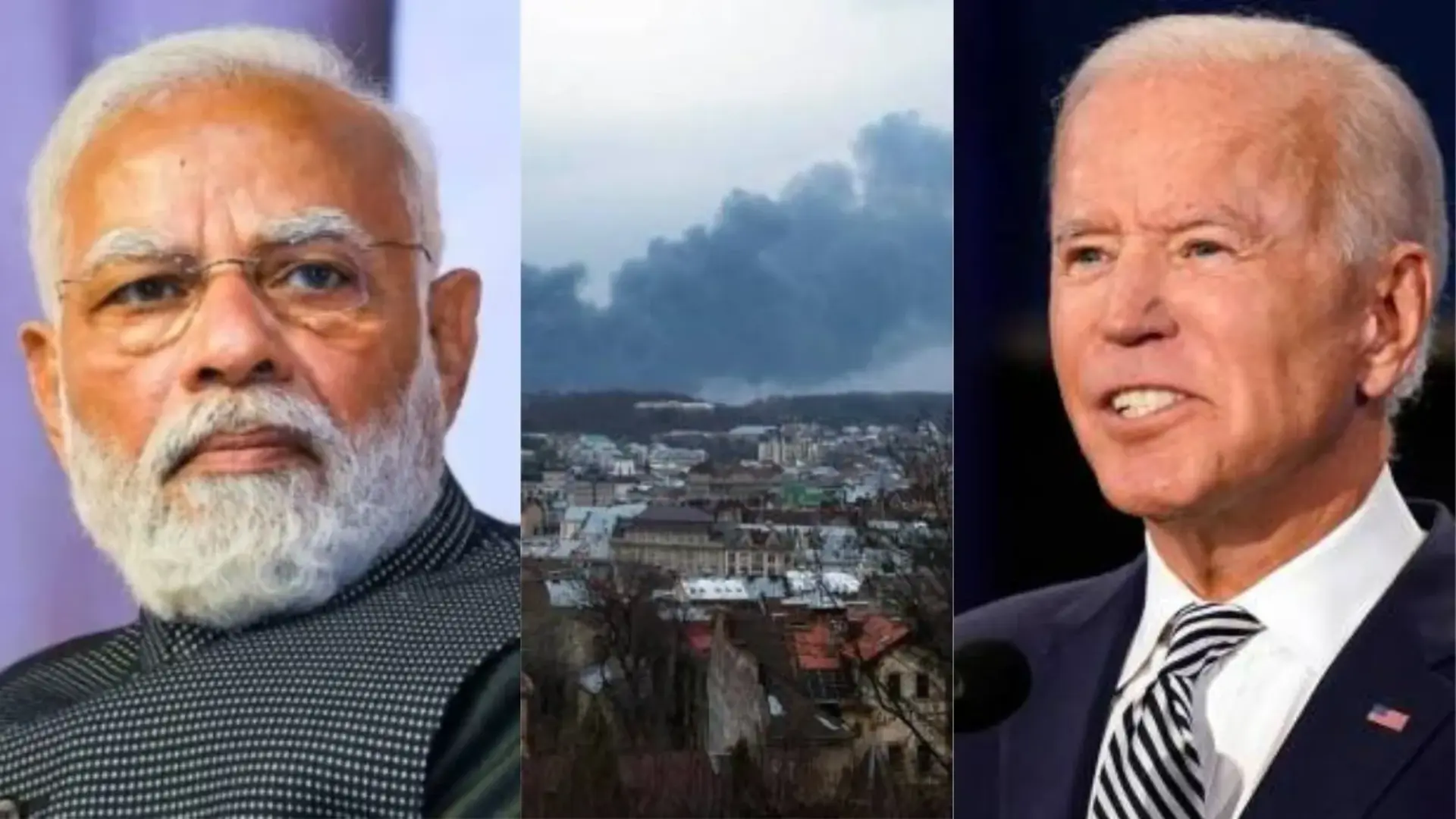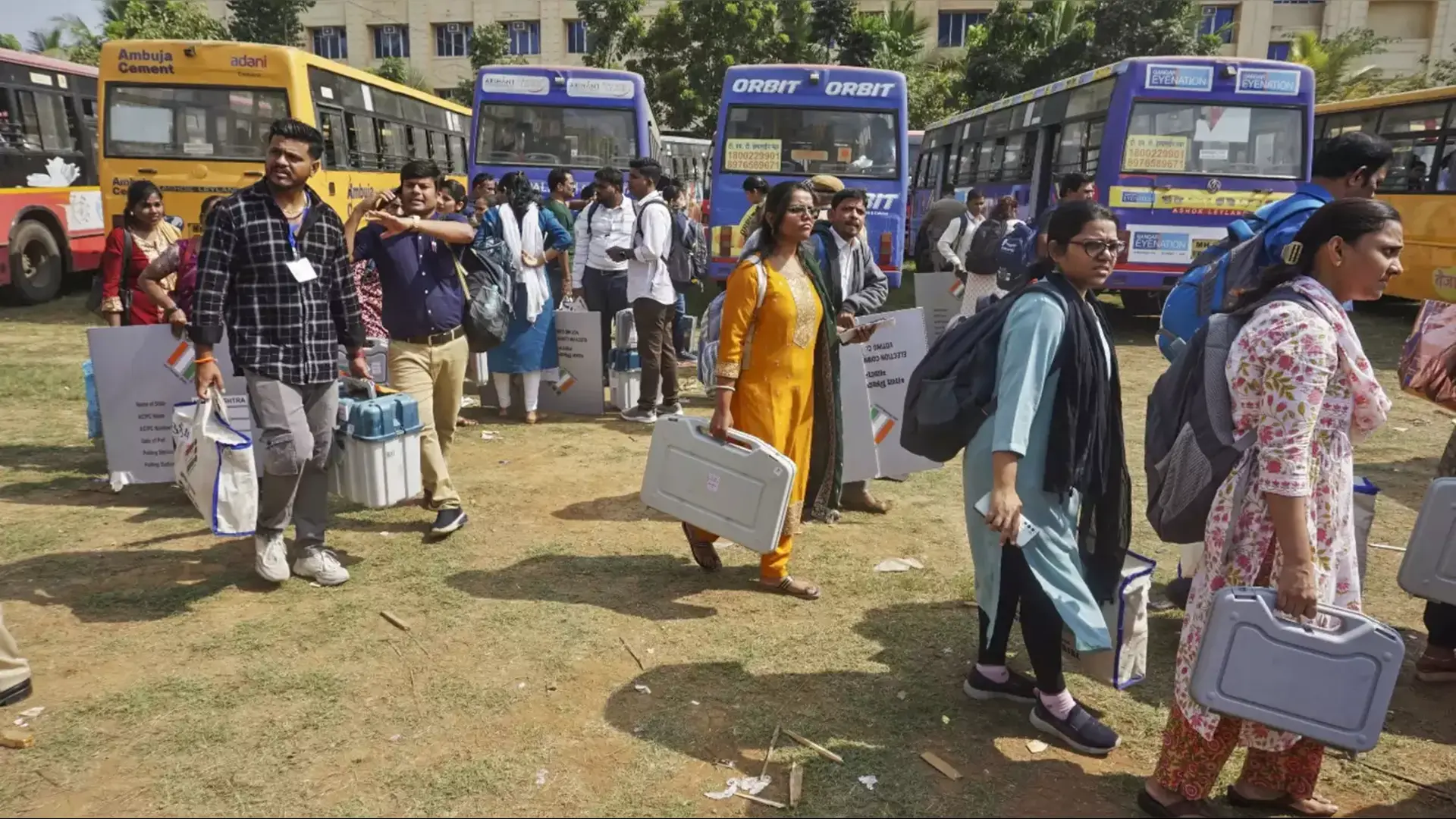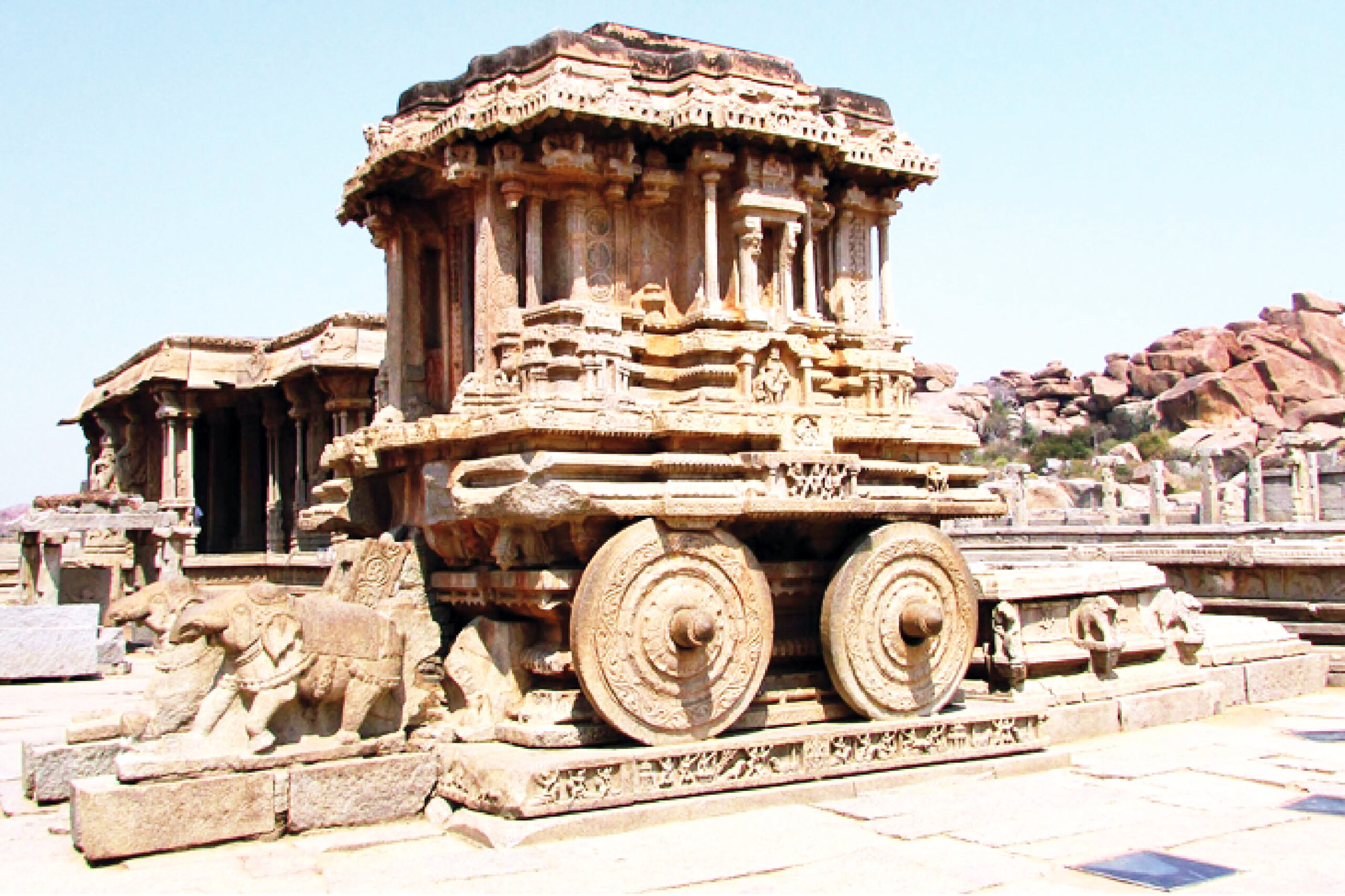
National Geographic explorer and wildlife filmmaker Malaika Vaz talks to The Daily Guardian about her ‘wild’ journeys, how local communities in India play a major role in tiger conservation, and what endangers big cats in India. Excerpts:

Q. How did you end up in the arena of wildlife conservation?
A. Ever since I can remember, I’ve wanted to be a wildlife presenter and filmmaker and even today, I honestly feel like I have the most exciting job in the world, as everyday is an opportunity to document a new wild place and help more people connect with the natural world in a way that hopefully triggers positive action.
Q. Your work has let you witness how local communities in India play a major role in tiger conservation. Please share more about that.
A. In India, human-dominated landscapes and wild spaces are beginning to merge. The result of humans and big cats living in close proximity is often substantial economic losses incurred to the communities through loss of livestock, and loss of life. This has resulted in an increased trend of retaliatory killings and poisoning of carcasses, putting yet another dimension of pressure on already threatened and vulnerable populations due to habitat destruction and debilitating rates of poaching. Yet, in some places in India, remarkable coexistence exists between man and big cat. Through my work, I wanted to focus on positive stories of coexistence between communities and big cats — to inspire an understanding that local communities are not the enemies of conservation efforts, but rather the grassroots leaders who can truly scale up wildlife conservation efforts in our country
Q. While poaching is a major threat to tiger numbers in India, poaching communities have over the years turned into tigers’ biggest defenders. What have you found about this interesting transition?
A. I think the key is providing poaching communities with suitable alternatives that they can economically depend on in the long term. Global trafficking syndicates make the majority of the profits from tiger trafficking, while small-scale poachers are often living in financial instability, food insecurity and the constant fear of being arrested for their work. So, what I’ve found is when they are given alternative work opportunities that allow them to live a life of dignity — in most cases, they will gladly make the switch. These poaching communities often also understand tiger and other wildlife behaviour better than anyone else, so it is incredible to see them transition out of poaching and continue to leverage that skill set while working as rangers, naturalists and tourism operators. One of my favourite parts of filming Living with Predators for Nat Geo Wild was interviewing the children of poachers who are the first generation in their families to receive an education and will grow up to be the tiger’s biggest protectors!
Q. Besides poaching, what endangers big cats in India right now?
A. Habitat destruction is one of the biggest threats that big cats face today in India and across the world. These incredible predators require vast tracts of land to hunt, mate and survive. When we disregard the biodiversity of a region and unsustainably develop infrastructure through it, the forests get fragmented and species like tigers and leopards have to deal with a constricted range size. As a result, they are forced to disperse into human-dominated landscapes where incidents of conflict with humans are a daily reality. We need to prioritise the protection of our biodiversity hotspots and national parks and ensure that our wildlife protection laws and environmental impact assessment processes are upheld and not diluted from a policy perspective.
Q. Has the pandemic affected conservation efforts?
A. Amid the pandemic, many of India’s most important wildlife zones have been threatened by hydropower projects, road expansion and mining. We need to start seeing the conservation of wildlife and wild spaces as part of the development agenda, and fiercely protect our natural resources. Without water, natural pollinators for agriculture, clean air to breathe and biodiversity to share our planet with — we will not be able to survive. It is important for us to innovate and find ways to simultaneously set aside tracts of untouched land for wildlife, while also providing work opportunities to the millions of Indians who live alongside wildlife.
This pandemic has also made the link between planetary and human health more clear than ever before. I hope that we emerge out of this pandemic with a stronger resolve to protect wildlife and their habitats not just from a conservation standpoint, but also to keep us safe from diseases that stem from exploitation of wildlife.
As a Nat Geo explorer, Malaika recently created a 3-part film series on community-led big cat conservation in India titled ‘Living with Predators’ that will be aired on Nat Geo Channel on 15, 16 and 17 August at 7pm.















